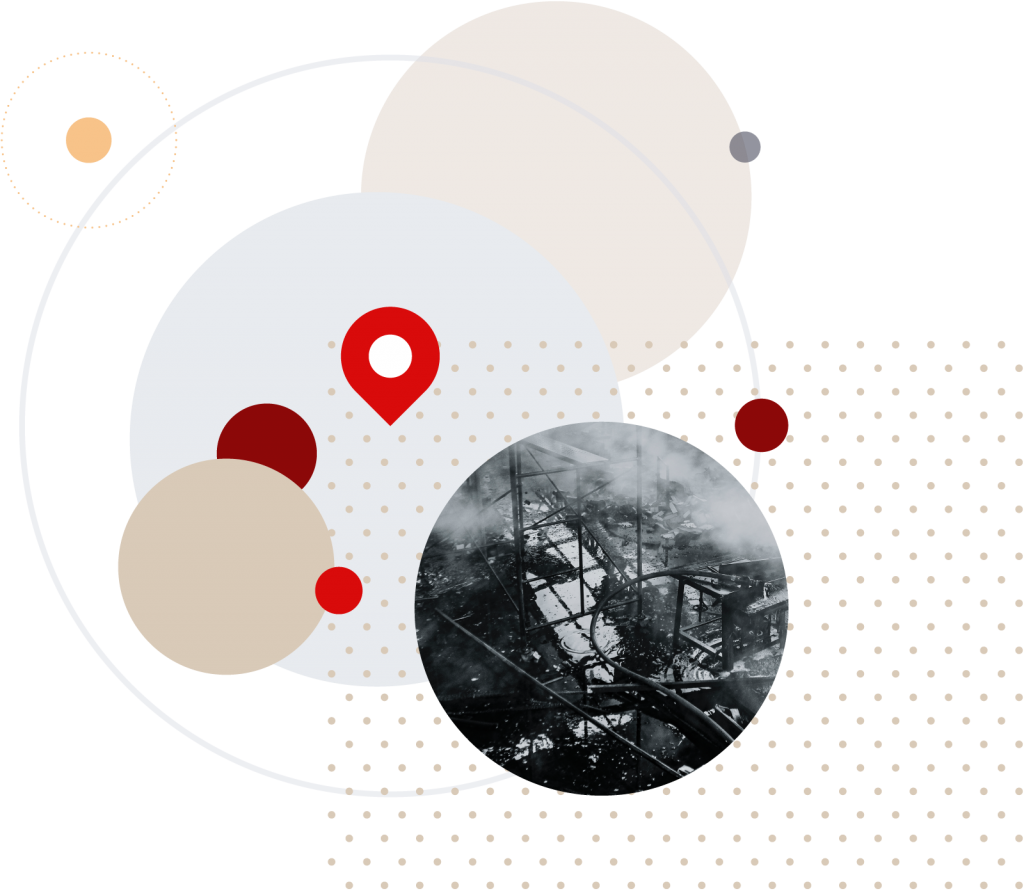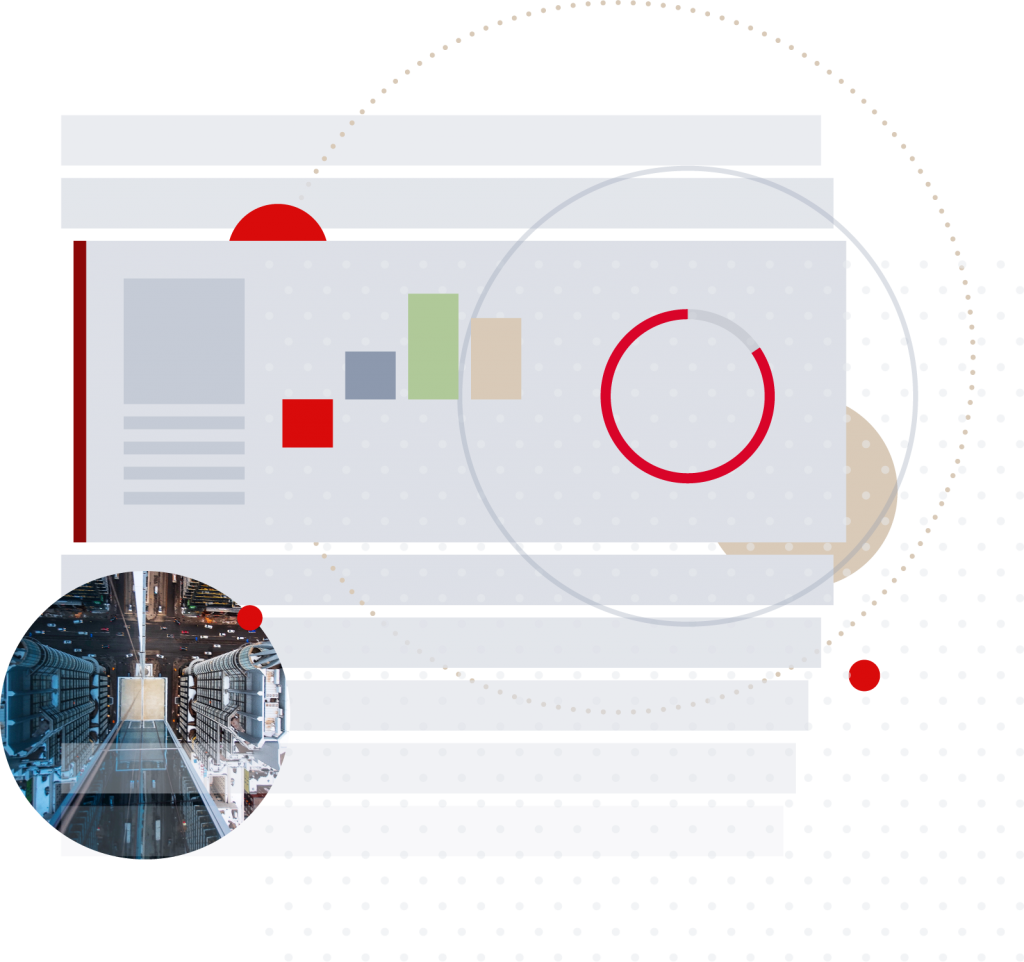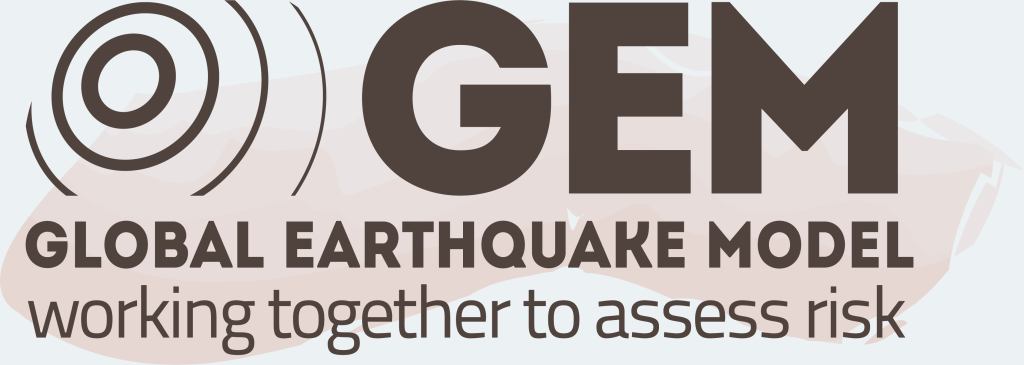Introduction
RiskProfiler, a website capable of displaying neighbourhood- and municipality-scale earthquake risk information, is readily accessible to local officials and the public. This extensive accessibility empowers users to view and utilize this information for seismic risk reduction and mitigation. The product offers insights into the potential impacts of earthquake events, both in terms of specific scenarios (deterministic) and the overall probabilistic risk (accounting for multiple earthquake sources) across Canada. Users can explore the different earthquake scenarios, and the probabilistic earthquake risk to see the projected outcomes in terms of fatalities, financial losses, structural damage, estimates of debris volume, and the potential effectiveness of building retrofits. Notably, this assessment only considers the impact of earthquake shaking and does not include the effect of secondary perils like tsunami, landslide, or liquefaction, nor does it consider indirect impacts such as business interruption costs.
Risk modelling integrates national seismic hazard and national exposure models with information about building fragility. The exposure model includes the inventory of buildings and occupants, including information about the construction type, year, material, purpose, and seismic design level, all generated using satellite remote sensing and census data to create an inventory of buildings and occupants. Natural Resources Canada also partnered with the Global Earthquake Model Foundation to create fragility and vulnerability functions, which relate seismic shaking to levels of structural damage, fatalities, levels of injuries, and financial loss. Although the modelling approach carries inherent uncertainties, the product is extremely valuable as it presents a state-of-the-art estimation of earthquake consequences and is scalable in a way that allows every single community to access knowledge of the regional seismic risk at their convenience. However, guidelines and recommendations are needed to help end-users know how this tool can best be implemented. This document will describe several case studies of recent RiskProfiler applications.
Case study one: City of Victoria
The City of Victoria, with its growing number of residences and many historical buildings, faces high seismic risk resulting from local crustal faults and the nearby Cascadia subduction zone off the coast. Despite its high seismic risk, no Heavy Urban Search and Rescue (HUSAR) team exists on Vancouver Island. The team at the City of Victoria has applied to introduce the HUSAR task force program in south and north Vancouver Island, and the outcomes of RiskProfiler were used to rationalize their need for one. The product can visibly present the modelled ground motions and estimated damages, including the quantity and locations of the damaged structures in four levels, economic losses, and the estimated number and locations of fatalities and severe injuries. These numbers were used to justify the need for the HUSAR program investment by demonstrating that the demand in a major earthquake scenario would exceed their current search and rescue capability. Furthermore, they have also been using RiskProfiler for their Emergency Operation Centre (EOC) exercises recently. They use it to build realistic earthquake scenarios that EOC staff have to use to prioritize tasks and resources in the EOC as part of tabletop scenario practice, indicating that the product is directly used to sharpen emergency response skills.
Case study two: Health Emergency Management BC
The second product utilization is by Health Emergency Management of British Columbia. They used the modelled casualty results from RiskProfiler to generate the number of expected patients for their Island Health Earthquake Exercise Program. Specifically, they are utilizing the Leech River fault scenario for their exercises since there could be a high number of severe injuries that will need medical attention at a time of degraded functionality of the facilities. These scenario-based exercises are designed to validate and train participants in an organization’s emergency response and business continuity plans, procedures, and team coordination in a controlled environment. Participants typically gather around a table and engage in facilitated discussions to make decisions, solve problems, coordinate, and evaluate the current plans and processes. The outputs are a gap analysis to clarify the additional plans or processes required in addition to plan revision or improvement based upon the findings of the exercises. The goals of the exercise program are to ensure the organization can continue to meet its mandate through the major disruption of an earthquake in order to also be confident that processes are in place to manage less catastrophic disruptions. The program includes using the scenario to set strategic guidance during a senior leadership exercise and follow-on operational and tactical level planning using the same scenario to explore the needs across all levels of the organization. Tabletop exercises provide excellent and essential opportunities for teams to familiarize themselves with emergency plans, roles, and responsibilities and identify potential challenges and solutions without consequences. Such exercises are valuable tools for helping prepare the organization to manage an extreme event, and RiskProfiler can be used to provide more realistic numbers from specific case scenarios.
Case Study Three: Community Engagement Activities
Scientists have also used RiskProfiler in academic settings and community engagement activities. For example, the values from the Cascadia subduction scenario from RiskProfiler were used during presentations for Seabird Island Band’s tabletop exercise and community groups at the Dunbar Earthquake and Emergency Preparedness group and Brockton House. Two graduate students at the University of Victoria have also used the numbers from RiskProfiler in presentations. One graduate student used RiskProfiler to help conceptualize the disaster impact using the Leech River Fault full rupture scenario during the presentation for the Grad Student Workshop. The other graduate student used the output of magnitude 7.3 Leech River fault and the magnitude 9.0 Cascadia Subduction scenarios to draw comparisons in a presentation for community engagement work. The talk, titled “Earthquake and Tsunami Hazard in Coastal BC”, has been given to various community groups around the Saanich Peninsula.
Looking Forward
In addition to the anticipated magnitude and shaking intensities, RiskProfiler provides the modelled numbers and locations of fatalities, injuries, displaced populations, and damaged homes, which can be more engaging for the public and technical users to grasp the severity of an event. It is a powerful tool for the community to visualize the disaster impact at a glance, and it is an excellent data source for the emergency management community, helping them effectively integrate the tool in their work and communicate seismic hazards and risks. If you are interested in using RiskProfiler but are unsure of how to implement the information therein, please reach out at <earthquakerisk-risquessismiques@nrcan-rncan.gc.ca>.



